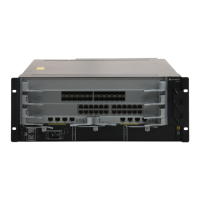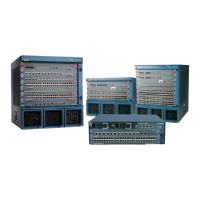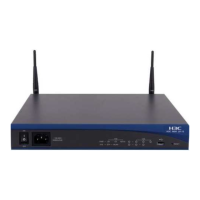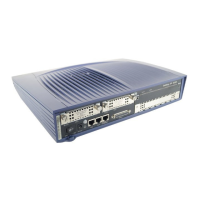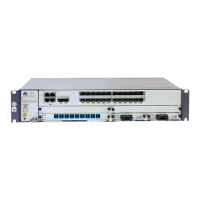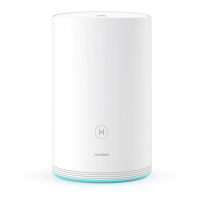Operation Manual - Routing Protocol
Quidway S3500 Series Ethernet Switches Chapter 3 RIP Configuration
Huawei Technologies Proprietary
3-4
Table 3-3 Configuring unicast of the message
Operation Command
Configure unicast of the message
peer ip-address
Cancel unicast of the message
undo peer ip-address
By default, RIP does not send any message to any unicast address.
Usually, this command is not recommended, because the opposite side does not need
to receive two same messages at a time. It should be noted that peer should also be
restricted by rip work, rip output, rip input and network.
3.2.4 Specifying RIP Version of the Interface
RIP has two versions, RIP-1 and RIP-2. You can specify the version of the RIP packet
processed by the interface.
RIP-1 broadcasts the packets. RIP-2 can transmit packets by both broadcast and
multicast. By default, multicast is adopted for transmitting packets. In RIP-2, the
multicast address is 224.0.0.9. The advantage of transmitting packets in the multicast
mode is that the hosts not operating RIP in the same network can avoid receiving RIP
broadcast packets. In addition, this mode can also make the hosts running RIP-1 avoid
incorrectly receiving and processing the routes with subnet mask in RIP-2. When an
interface is running RIP-2 broadcast, the RIP-1 packets can also be received.
Perform the following configuration in Interface view:
Table 3-4 Specifying RIP Version of the Interface
Operation Command
Specify the interface version as RIP-1
rip version 1
Specify the interface version as RIP-2
rip version 2 [ broadcast |
multicast ]
Restore the default RIP version running on the
interface
undo rip version
By default, the interface receives and sends the RIP-1 packets. It will transmit packets
in multicast mode when the interface RIP version is set to RIP-2.
3.2.5 Configuring RIP-1 zero field check of the interface packet
According to the RFC1058, some fields in the RIP-1 packet must be 0, and they are
called zero fields. Therefore, when an interface version is set as RIP-1, the zero field
check should be performed on the packet. But if the value in the zero filed is not zero,

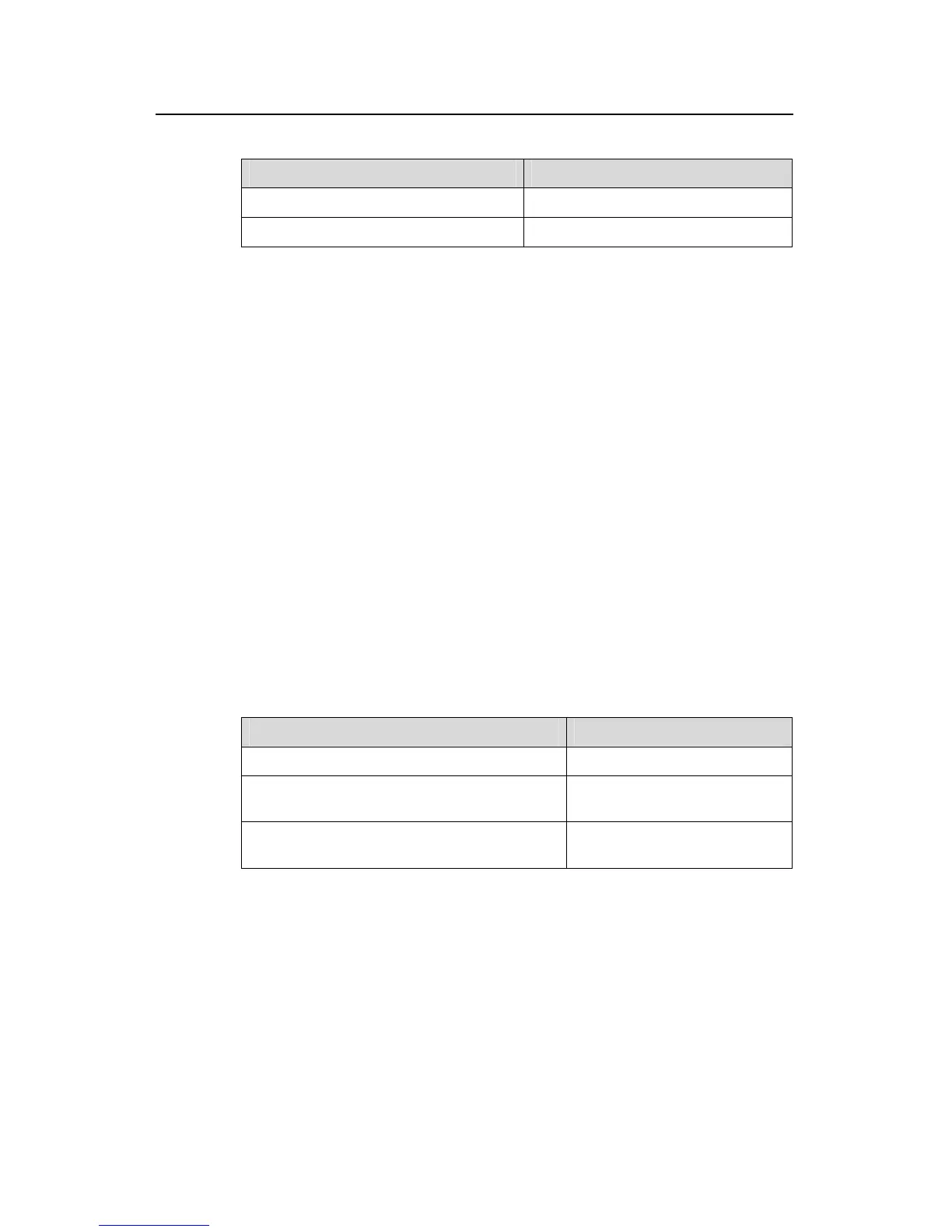